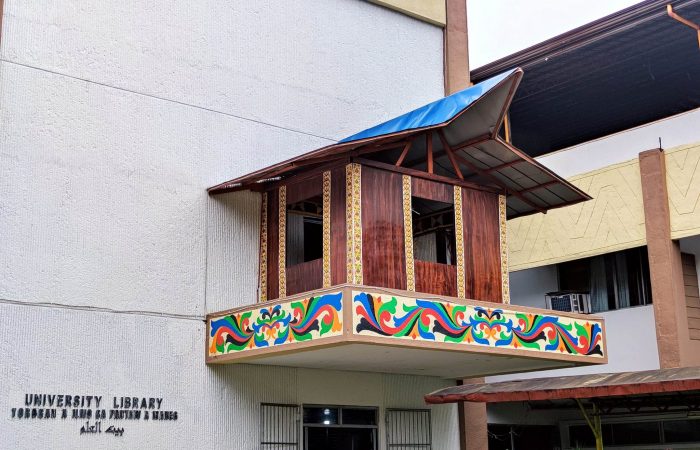No Library Services on December 6, 2025
Due to the scheduled power interruption announced by the National Grid Corporation of the Philippines (NGCP), the Library will be closed tomorrow, Saturday, December 6, 2025. The temporary closure is to avoid inconvenience to our users since some services cannot operate without power.
Thank you for your understanding.
Future Ready Libraries Seminar
The Philippine Librarians Association, Inc. – BARMM Librarians Council (PLAI-BARMMLC), in partnership with the University Library and the Department of Library and Information Science, successfully held a seminar titled “Future Ready Libraries: Fusing Exceptional Customer Service with AI Innovation” on October 1, 2025, at the American Corner Hall, University Library.
The event gathered 16 online participants and 90 onsite participants, including librarians from MSU-External Units, the Department of Education – Division of Lanao del Sur, and other institutions.
Two guest speakers shared their expertise during the seminar. Roshen M. Lomocso-Go, RL, Faculty of the Department of Library and Information Science, delivered a talk on “From Hype to Help: Practical AI Tools for Enhancing Library Services.” Hizami C. Amerol, Senior Human Resource Specialist of the Civil Service Commission (CSC) Field Office – Lanao del Sur, also gave a presentation on “Orientation on CSC Policy.”
The program also featured four paper presenters from the University Library. Hazel V. Marci, MPA, MLIS, Staff of the Circulation Section, presented “Librarians’ Collaboration and Communication Dynamics and Promotional Strategies: Influence on Students’ Library Utilization Intention.” Dr. Faishanie P. Macalantong, RL, MLIS, Head of the Technical and Bibliographical Services Division, shared her study on “Epistemological Beliefs and Information Seeking Behavior of Graduate Students in Lanao del Sur: Basis for Literacy Development Plan.” Soraya P. Manamparan, RL, MLIS, Assistant University Librarian, presented her research titled “Communication, Leadership Style, Job Security and Employee Engagement: A Structural Model on Adaptability of Organizational Change in Higher Education Institution.” Finally, Sittie Saadia M. Muti, RL, MLIS, Head of the Access Services Division, discussed “Library Usage, Resource Utilization, Information Literacy and Librarian Interactions: A Structural Model on Students’ Academic Success.”
The seminar demonstrated how librarians continue to adapt to new technologies while staying committed to quality service, growth, and collaboration. It also created a space for sharing research, professional experiences, and innovative practices, reinforcing the importance of collective learning within the library community. By bridging tradition with innovation, the event highlighted the important role of librarians in shaping responsive and future-ready library services.
Congratulations to Our Newly Licensed Librarian!
Alhamdulillah and congratulations to our colleague, SITTIE ROHAIDA P. SARANGANI, MLIS, for passing the September 2025 Librarian Licensure Examination!
The University Library family is so proud of you!
“Indeed, with hardship comes ease.”
Congratulations to the Best Employees of the 1st and 2nd Quarters of 2025!
1st Quarter
Sittie Saadia M. Muti
(Division Heads & Executive Committee Members Category)
Janisa A. Mala
(Section/Unit Heads & Support Staff Category)
Solaiman A. Macacua & Wenifredo C. Cuasi
(Utility Workers Category)
2nd Quarter
Sittie Saadia M. Muti
(Division Heads & Executive Committee Members Category)
Razni M. Ala
(Section/Unit Heads & Support Staff Category)
Vilma R. Altariba
(Utility Workers Category)


